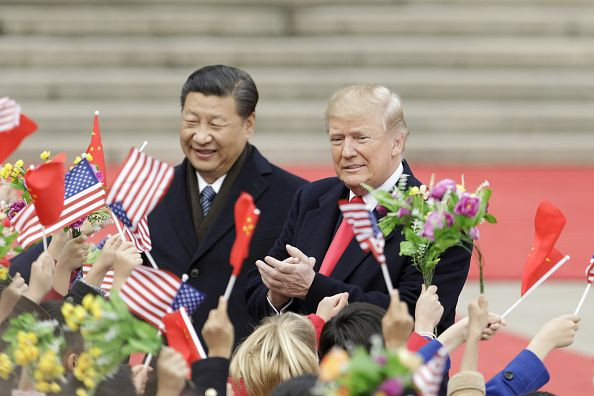US vs. China: Battle For Space Domination Starts

China called America's plans to develop its military force in space as “reckless” and “totally groundless” although it continues to invest in its space initiative.
Previously, the Outer Space Treaty offered hopes that space peace was possible. The Soviet Union, the United Kingdom and the United States signed it in 1967. China signed it in 1983. For many years, it went unchallenged but China's astronomical ambitions could change this.
It was in 2015 when President Xi Jinping discussed how vital space exploration would be for the growth of the country's military. The statement also paved the way for the development of the Strategic Support Force (SSF) in the People’s Liberation Army. The structure consolidates the cyber, electronic warfare capabilities and space capabilities of the military — a framework still yet to exist in the West.
In fact, one of its key features is Beidou, China's domestic satellite navigation system. Beidou, basically, is China's answer to GPS. Beidou, which means "Big Dipper," has 43 satellites in orbit. Around 11 more Beidou satellites will launch this 2019.
“Beijing’s space strategy is part of a comprehensive plan to expand its power,” lieutenant colonel Audricia Harris of the US Army said.
“These advances in Beidou mitigate China’s previous dependence upon GPS, which was seen as a potential vulnerability,” Elsa Kania, an adjunct fellow at the Center for New American Security, said.
Kania is also studying for a Ph.D. at Harvard University on China’s technological and military innovation. According to Kaina, the United States and China see space as the frontier of strategic competition.
Despite the Chang'e-4's friendly explorer nature that was seen as a great step to understand the universe better, space remains an area linked to power and politics.
“America must be fully equipped to defend our vital interests. Our adversaries are training forces and developing technology to undermine our security in space, and they’re working very hard at that,” President Donald Trump told reporters previously.
He ordered the Pentagon to draft legislation that will establish the Space Force as part of the Air Force. It will be the sixth branch of the military, starting with approximately 15,000 personnel. The last time the United States created another military branch was 72 years ago.
© Copyright IBTimes 2025. All rights reserved.





















